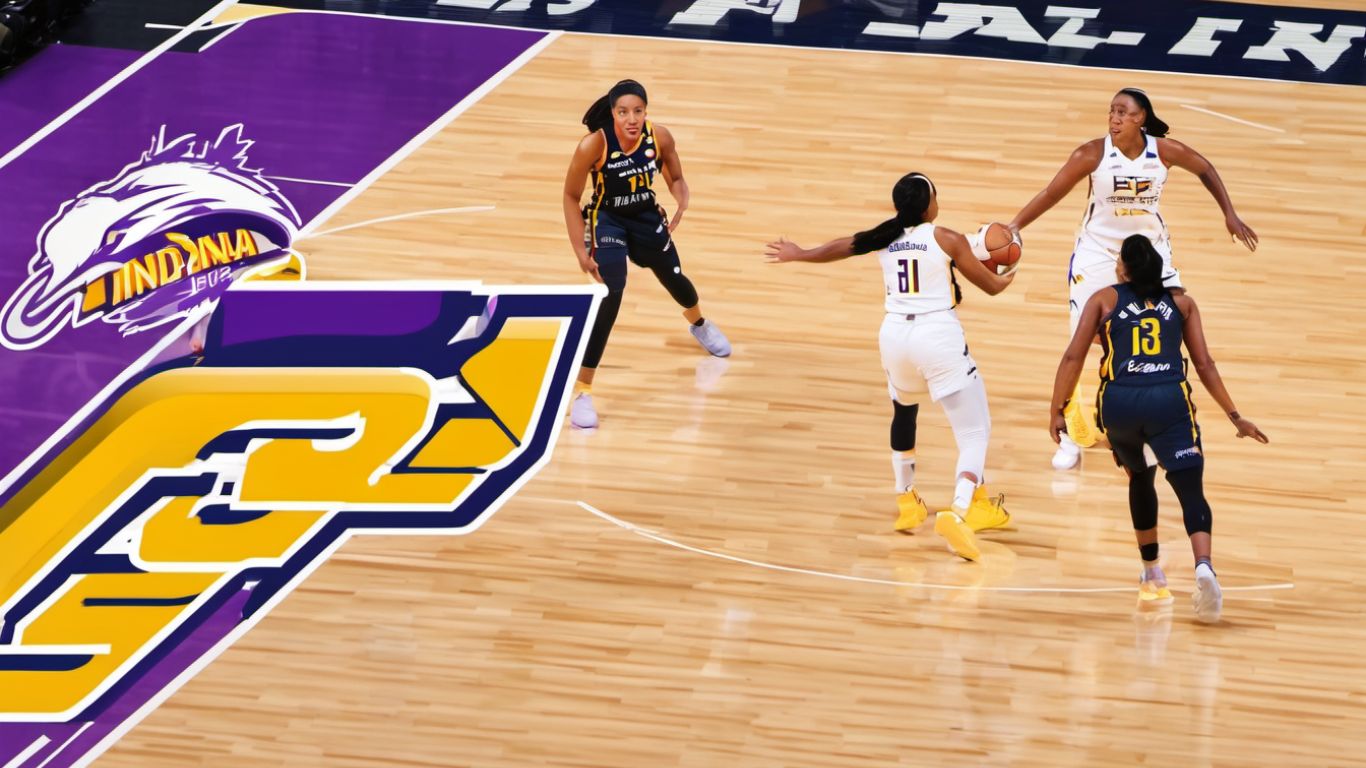Drawing is not just a hobby; it is an art form that allows us to express ourselves and capture the beauty of the world around us. If you’ve admired the grace and skill displayed on a basketball court and wished you could recreate that in your drawings, you’re in luck! In this step-by-step guide, we will explore the art of drawing a basketball, helping you unlock the secrets to capturing its distinctive shape, texture, and movement on paper. Whether you’re a beginner or have some experience with drawing, this guide will break down the process into easy-to-follow steps, allowing you to master the art of drawing a basketball and bring the excitement of the game to life on your canvas.
Drawing a basketball might seem intimidating initially, but with a few simple techniques and the proper guidance, you’ll be surprised at what you can achieve. Starting with the basic shapes, we’ll guide you through constructing the basketball’s outline, from the circle that forms its foundation to the lines that define its seams. We will then delve into the challenge of shading and adding texture, exploring how to capture the unique dimples covering the ball’s surface. With each step, you’ll gain confidence and better understand the intricate details that make a basketball come to life in your drawings. So, grab your pencil and prepare to embark on an artistic journey that will allow you to master the art of drawing a basketball in no time!
Choosing the Right Drawing Materials
Understanding the Basic Shape of a Basketball
Mastering the Texture and Details of a Basketball
Adding Shadows and Highlights for Realism
Adding Personal Touches and Finalizing the Drawing
Choosing the Right Drawing Materials
If you want to master the art of drawing a basketball, one of the first steps is selecting suitable drawing materials. The right tools can make a significant difference in the outcome of your drawing, allowing you to capture the texture, shine, and details of a basketball with precision. This section will guide you through the materials needed to create a stunning basketball artwork.
1. Paper: When selecting the perfect paper for your basketball drawing, two factors are crucial: the texture and the weight. Look for a paper with a smooth surface, as it will allow you to achieve clean lines and soft shading. Also, choose a heavier paper to ensure durability and prevent unwanted wrinkles or tears during the drawing process.
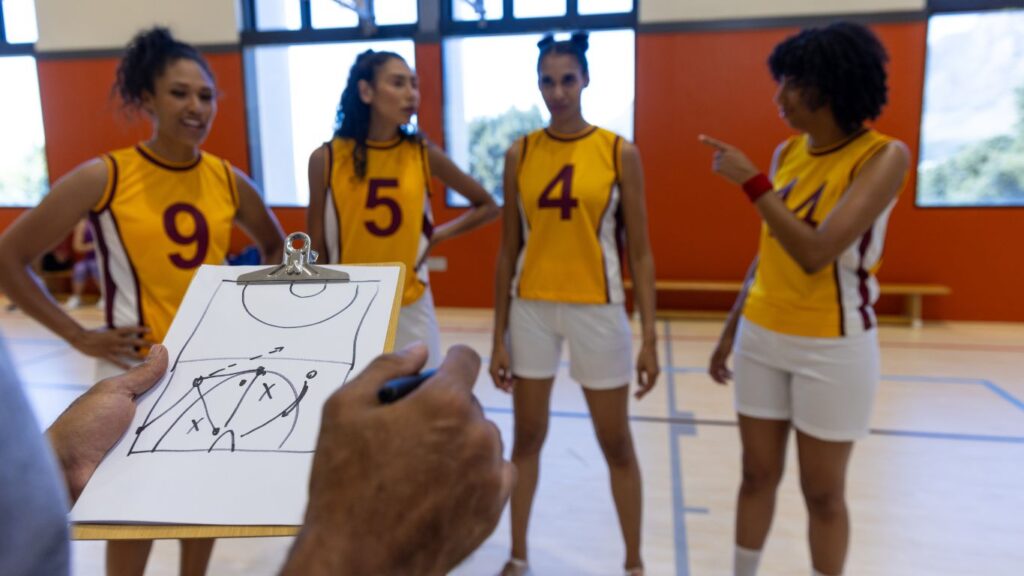
Credit amazon.com
2. Graphite Pencils: High-quality graphite pencils are essential for achieving depth and shading in your basketball drawing. Look for pencils with different hardness levels, such as 2H, HB, 2B, 4B, and 6B. Harder pencils are ideal for lighter lines, while softer pencils create darker values and shadows.
3. Erasers are your secret weapon for creating clean and precise drawings. A kneaded eraser will allow you to lift graphite without damaging the paper, giving you the flexibility to correct mistakes and achieve finer details. A vinyl or gum eraser can also be used for more substantial erasing needs.
4. Blending Stumps: Blending stumps, or trillions, are essential for achieving smooth and seamless shading in your basketball drawing. These cylindrical tools are made of tightly rolled paper and are used to blend graphite or charcoal, creating a realistic and polished look. Experimenting with different sizes of blending stumps can broaden your shading capabilities.
5. Charcoal Pencils: Adding charcoal pencils to your arsenal can provide added depth and contrast to your basketball drawing. The rich black tones these pencils produce can help you create solid shadows and enhance the overall three-dimensional appearance of your artwork.
6. Charcoal Powder: Using charcoal powder can be a game-changer when creating realistic textures on your basketball drawing. You can mimic the rough texture of a basketball’s surface by gently smudging the charcoal powder onto your paper with your fingers or a blending stump. This technique can help you achieve a more lifelike representation of the ball.
7. Fixative: After putting in all the effort to create your basketball masterpiece, preserving your work is essential. Applying a fixative spray over your completed drawing will protect it from smudging and ensure its longevity. It is recommended to use a workable fixative that allows you to continue working on the drawing if desired.
When choosing your drawing materials, remember that practice is vital. Experiment with different tools and techniques to find what works best for you. Feel free to explore additional materials beyond the ones mentioned here, as each artist has their own preferences and unique style. Remember, the correct drawing materials will empower you to bring your basketball drawing to life, capturing every detail and nuance with precision and artistry.
Understanding the Basic Shape of a Basketball
The first step in drawing a basketball is understanding its basic shape. This foundational knowledge will provide a solid starting point for capturing the essence of this beloved sport’s iconic symbol. Whether you’re an aspiring artist or simply looking to impress your friends with a quick sketch, mastering the art of drawing a basketball starts with a firm grasp of its shape.
At first glance, a basketball may appear to be a simple circle, but upon closer inspection, you will notice a few key features that give it its distinct appearance. The overall shape of a basketball is spherical, resembling a slightly flattened sphere. However, unlike a perfect sphere, a basketball has slight indentations along its surface, giving it a unique texture and grip.

Credit amazon.com
To begin drawing a basketball, sketch a perfect circle as your base shape. This circle will serve as the foundation for capturing the roundness of the ball. Remember that a basketball is not a perfect circle, so instead of drawing an ideal curve, aim for a slightly asymmetrical shape. This will help you create a more realistic depiction of a basketball.
Next, add depth and dimensionality to your drawing by incorporating the characteristic indentations on a basketball’s surface. These indentations, known as channels or ribs, create the ball’s texture and grip. They should be drawn as gentle curves radiating outwards from the center of the ball, producing a series of parallel lines that intersect with the circle’s outline. Ensure a consistent distance between these curves to achieve a well-balanced representation.
While drawing the indentations, remember that they are not present all across the basketball’s surface. Instead, they cover a specific portion of the ball, leaving small areas free from these lines. This contributes to the overall aesthetic of a basketball. Remember to observe the ball to capture the placement and proportion of these indentations accurately.
To further enhance the realism of your drawing, pay attention to the shading and highlights on the basketball’s surface. Due to its glossy finish, a basketball reflects light, creating variations in shading and highlighting. Observe the light source in your drawing and determine where the shadows would fall and the highlights would appear. By skillfully incorporating shading and highlights, you can add depth and a three-dimensional quality to your artwork.
Lastly, consider the color of a basketball in your drawing. While the most common color in basketballs is orange, remember that variations, such as those used in professional leagues, may have a different color palette. The primary objective is to depict the essence of a basketball, so choose a color that best represents the spirit of the sport and matches your overall vision.
Understanding the basic shape of a basketball is crucial to creating an accurate and visually appealing drawing. By starting with a well-proportioned circle, adding gentle curves for the indentations, incorporating shading and highlights, and carefully considering the color, you will be well on your way to mastering the art of drawing a basketball. So grab a pencil and paper, and let your creativity flow as you embark on this exciting artistic endeavor.
Mastering the Texture and Details of a Basketball
Mastering the texture and details is one of the most crucial factors in creating a realistic depiction when drawing a basketball. A basketball’s unique texture, pebbled surface, distinct lines, and logos make your artwork look authentic. This section will guide you through capturing these intricate details with precision and finesse.
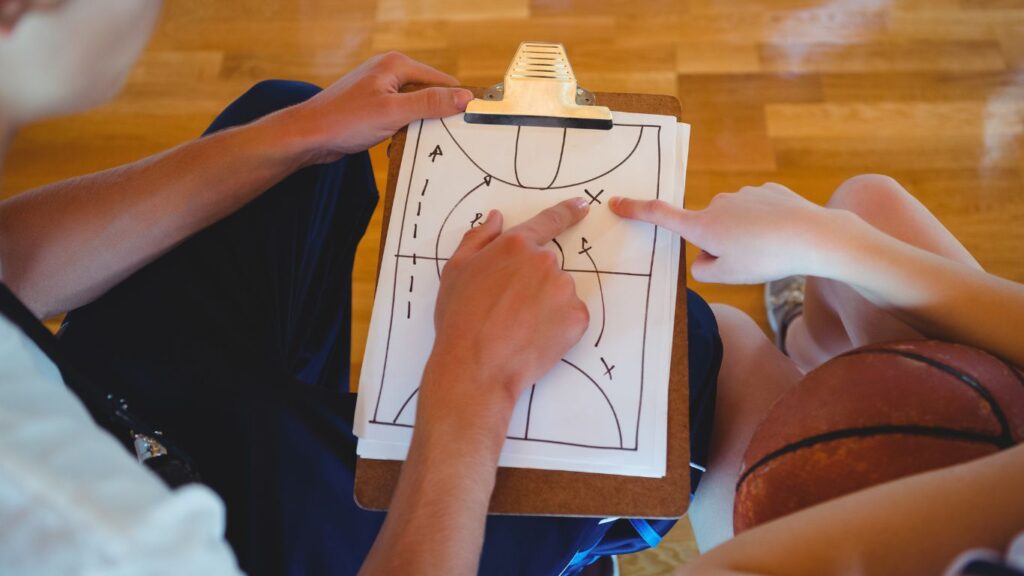
Credit amazon.com
To begin, it’s essential to understand the distinct characteristics of a basketball’s surface. The pebbled texture sets it apart from other balls and gives it that unmistakable grip. To recreate this texture in your drawing:
- Start by lightly sketching the shape of the basketball with a pencil.
- Using short, curved strokes, add pebbles or bumps throughout the surface, paying attention to the irregular distribution and random pattern they typically follow.
- Remember, the purpose here is not to draw each pebble but to imply their presence.
Next, focus on defining the lines that crisscross the surface of the basketball. These lines are aesthetic and serve a functional purpose by giving players a better grip. Begin by identifying the significant lines that outline the sections of the ball. These lines usually intersect at a distinct point known as the belly button. Gradually add more lines, ensuring they curve and wrap around the surface lifelike. These lines should be manageable, as the texture of the basketball should remain the primary focus.
Also, pay attention to any logos or brand names on the basketball. These details are often found near the belly button or other prominent areas. Carefully replicate these logos using precise penciling, ensuring they are proportionate to the rest of the artwork. Take your time with this step, as accuracy is essential in capturing the basketball’s identity, be it a professional league or sports brand logo.
Furthermore, consider the shading and highlights that bring depth and dimension to your drawing. Observe how light interacts with the basketball’s surface, creating areas of shadow and reflection. Start by establishing the direction of the light source, which will determine where the shadows fall. Uniformly shade the areas away from the light source, using smooth, even strokes to create a gradual transition from light to dark.
In contrast, the areas closer to the light source will have highlights or spots where the light reflects off the surface. Utilize an eraser or a white pencil to carefully create these highlights, paying attention to their placement and shape. The combination of shading and highlights will enhance the overall realism of your basketball drawing, providing depth and texture.
Lastly, consider more minor details, such as seams and imperfections. These subtle elements add character to your artwork. Study reference images or observe an actual basketball to incorporate any minor flaws, scratches, or abrasions that contribute to the overall authenticity of your drawing.
Mastering the texture and details of a basketball requires patience, observation, and attention to detail. Remember to start with a light sketch, add the pebbled texture and lines, replicate logos accurately, experiment with shading and highlights, and include slight imperfections. By following these steps, you’ll be well on your way to creating a jaw-droppingly lifelike basketball drawing that will impress fellow artists and sports enthusiasts.
Adding Shadows and Highlights for Realism
Bringing your basketball drawing to life requires more than just outlining the basic shape. To achieve a realistic representation, you must also incorporate shadows and highlights. Shadows and highlights add depth, dimension, and realism, making your drawing stand out. This section will guide you through adding shadows and highlights to your basketball drawing.
Shadows play a crucial role in creating the illusion of three-dimensional objects. They add depth by suggesting the presence of light sources and how they interact with the surface. Before adding shadows, take a moment to visualize where the light source is coming from. This will help you determine the areas that should be darker compared to others.
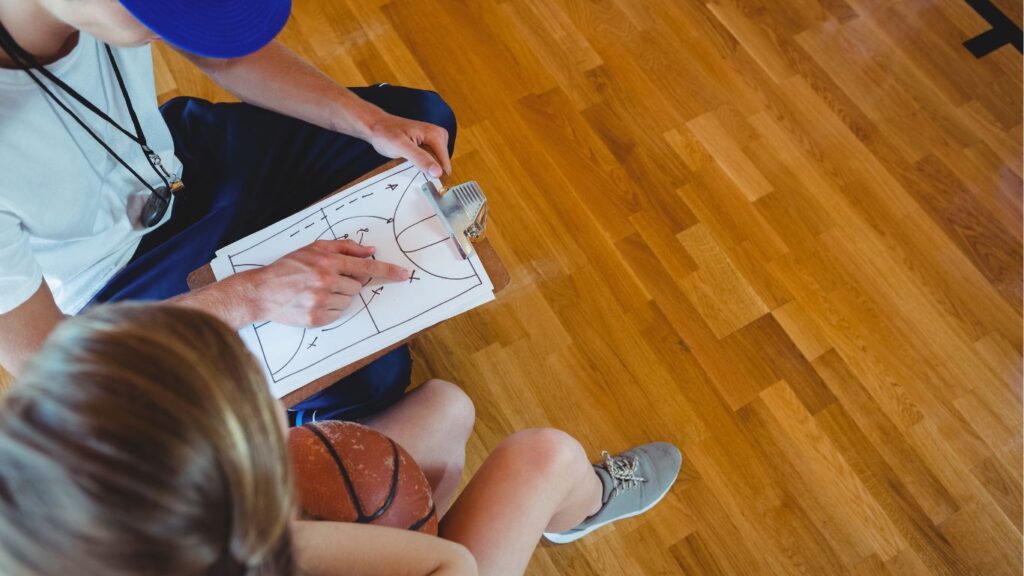
Credit amazon.com
To add shadows, lightly shade the basketball areas farthest from the light source. Use a softer pencil or shading tool to create a gradual transition between light and dark. Begin by lightly shading the lower parts of the basketball, gently darkening as you move upward. This will make the illusion of the ball casting a shadow on itself.
Next, identify the areas where the shadow falls on the basketball. Observe the reference image or imagine the direction of the light source, then shade those areas accordingly. Remember that shadows are not uniformly dark or solid. They vary in tone and intensity, depending on the object’s shape and the proximity of the light source. Use your shading technique to capture these variations, ensuring the shadow appears natural and realistic.
Once you have established the shadows, it’s time to add highlights. Highlights are the areas where light directly hits the surface, creating bright spots. These areas are typically the most colorful and reflect the most light. Again, consider the direction of the light source and identify the parts of the basketball that would catch the most light.
Using an eraser or a kneaded eraser, gently lift off the graphite or darken it slightly to create the desired highlight effect. Be cautious not to overdo it, as excessive highlighting can make your drawing look unrealistic. Remember that highlights are most visible on the opposite side of the shadow.
When adding highlights, pay attention to the basketball’s texture. A basketball’s surface consists of raised bumps and intersecting lines, affecting how light interacts. Ensure the highlights follow the contour of the surface, giving it a natural appearance.
To further enhance the realism, gently blend the shading and highlighting using a blending tool or a tissue. This will create smoother transitions between light and dark, making your drawing look more polished and refined.
Remember, practice is vital when mastering the art of adding shadows and highlights. Observe authentic basketballs or reference images to understand how light interacts with different surfaces. Experiment with different shading techniques, pressures, and erasing methods to achieve the desired effect. With time and patience, you can add shadows and highlights flawlessly, bringing your basketball drawing to life with stunning realism.
Adding Personal Touches and Finalizing the Drawing
Once you have mastered the basics of drawing a basketball, it’s time to add your personal touches and bring your artwork to life. This final step is where you can make the drawing your own and showcase your creativity. This section will explore techniques and details that add depth and realism to your basketball drawing.
One of the first things you can do to enhance your artwork is to add shading. Shading helps create the illusion of depth and makes your basketball appear three-dimensional. Start by identifying the light source in your drawing. This will determine where the highlights and shadows fall on the ball. Use a blending stump or a tortillon to smoothly blend different shades of gray to create a gradient effect on the basketball’s surface.
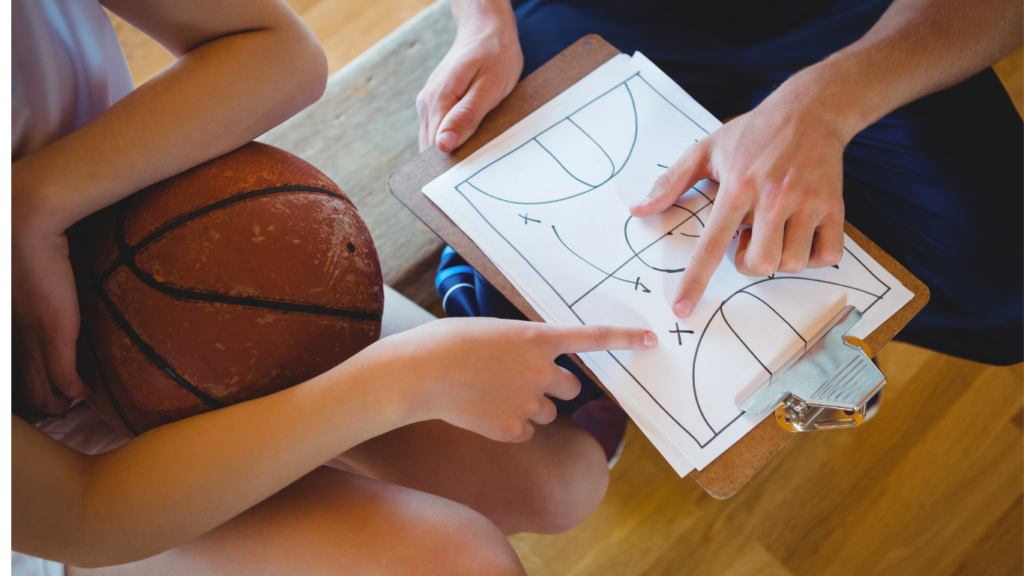
Credit amazon.com
Next, add texture to your drawing to make the basketball look more realistic. Look closely at the basketball’s surface and notice the small bumps and grooves. To recreate this texture, use a light touch and gently sketch short, curved lines in the areas where the texture is most prominent. Be aware of the direction and angle of the lines to maintain consistency throughout the drawing.
To make the basketball stand out even more, consider adding a background. This could be a simple basketball court or a stylized background that complements your composition. Remember to keep the background relatively simple so it doesn’t distract from the main focus of the drawing. Use a combination of colors and shading to create contrast between the basketball and the background, making it visually appealing.
Another way to personalize your artwork is by incorporating reflections and highlights. These elements will add an extra level of realism to your basketball drawing. Observe the light source and identify areas on the ball where it is hitting directly. Use a white pencil or an eraser to carefully remove or lighten the graphite in these areas, creating a highlight. Additionally, adding small shiny spots or reflections on the ball gives you the illusion of a glossy surface.
For those who enjoy adding fine details to their drawings, you can take your basketball to the next level by drawing the stitches. The stitches on a basketball add a distinctive characteristic that instantly identifies it. To draw the stitches, use a thin pen or a sharpened pencil to create small, evenly-spaced dashes along the ball’s seams. Pay attention to the perspective and ensure the stitches follow the curvature of the basketball.
Finally, step back and examine your drawing as a whole. Are there any areas that need more definition or refinement? Take this opportunity to make any necessary adjustments or improvements. Adding personal touches is all about injecting your unique style and vision into the artwork, so don’t be afraid to experiment and make it your own.
By carefully considering each aspect of shading, texture, background, reflections, stitches, and overall composition, you can transform your fundamental basketball drawing into a stunning piece of art. Take your time, practice, and let your creativity guide you as you add personal touches and finalize your masterpiece.
Mastering the art of drawing a basketball may seem daunting, but with this step-by-step guide, you can confidently create realistic and detailed basketball illustrations. Remember, practice is critical, so don’t be discouraged if your first attempts don’t turn out exactly as you envisioned. By following these simple steps, you’ll gradually develop your skills and improve your accuracy. So grab your pencils, embrace your creativity, and enjoy the process of bringing the thrill of the game to life on paper. You can also become a skilled basketball artist with dedication and patience. So, what are you waiting for? Let your imagination soar, and start drawing that basketball!







